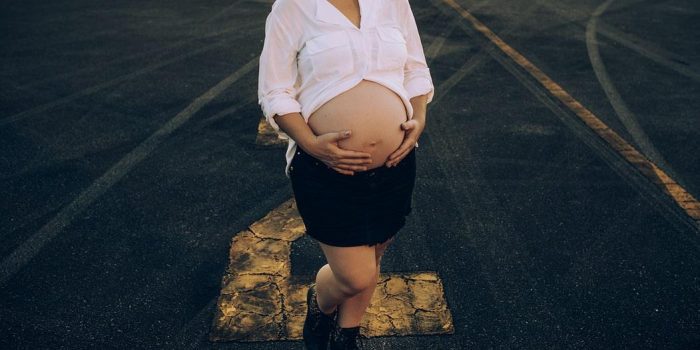
Preterm birth
Premature live births in São Paulo: a spatial approach
Silvia Regina Dias Medici Saldiva
Institute of Health, São Paulo (SP)
Project Presentation

About
The study assessed the influence of air pollution and socio-environmental factors on prematurity and measured the risks for each of them.
How was the experiment
First, the team analyzed the different rates of prematurity in São Paulo capital’s 96 administrative districts and selected two districts with a high prevalence for the study: Tremembé and Pedreira – with a rate around 14% – and one with a low rate, Jardim Angela (9%). The average for the city of São Paulo is 11%, equivalent to the national average. The researchers compared the data from Information System on Live Births (Sinasc) with government data to obtain the home addresses of families with premature infants who lived in the three regions selected for the study. Then, the research team personally conducted interviews with the mothers of these babies. The survey questionnaire for the interviews included more than 100 questions, divided into seven blocks – among them questions related to education, health, socioeconomic factors and prenatal care. The sample included 480 households in the North Zone, 438 in the South Zone (Pedreira), and 389 in the South Zone (Jd. Ângela). Houses within a 400 meter radius that had registered children born at term (over 37 weeks of gestation) were considered part of the control group. They were also visited by an interviewer and received the same questionnaire. To measure air pollution rates in each location, the team installed filters and collected bark from trees.
Main results
The analysis identified manganese and lead in the bark, the result of burning fuel from heavy vehicles, such as diesel trucks and cars, which are common on these routes. They found that pollution doubled the risk of prematurity. In addition, they also identified failures in prenatal care, such as fewer recommended consultations, which can increase the risk of having a baby before 37 weeks by 1.7 times. In the absence of measuring stations, filters and bark proved to be reliable ways to measure of air pollution.
Why is it innovative
This is the first time that the risk of air pollution on prematurity was measured in the city of São Paulo and the first study to validate the measurement of pollutants through tree bark.
Problem that solves
The study provided a reliable, geo-localized way to measure air pollution in the city and to evaluate its effects on women and newborns.
Implications for the brazilian health system
The project reinforced both the importance of quality prenatal care for reducing the risk of prematurity and the need to contain air pollution from heavy and light vehicles in large cities as a public health measure not only for the general population, but also especially for pregnant women.
Implications for global health
Filters and bark are inexpensive and effective strategies for measuring air quality in countries and locations without measuring stations.



